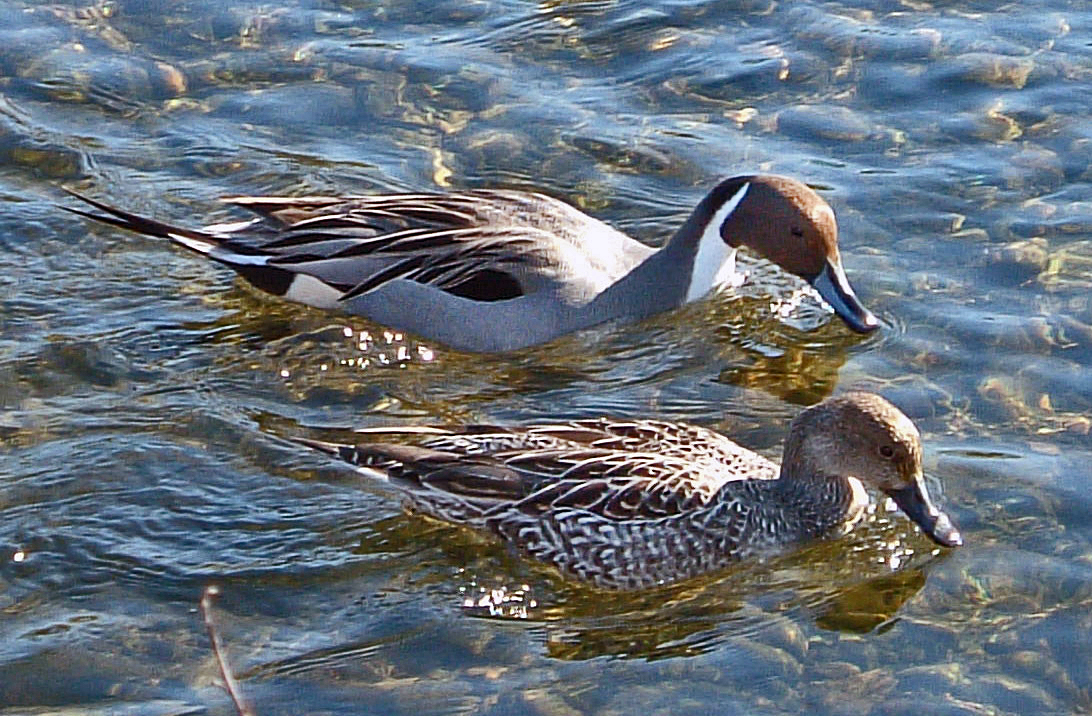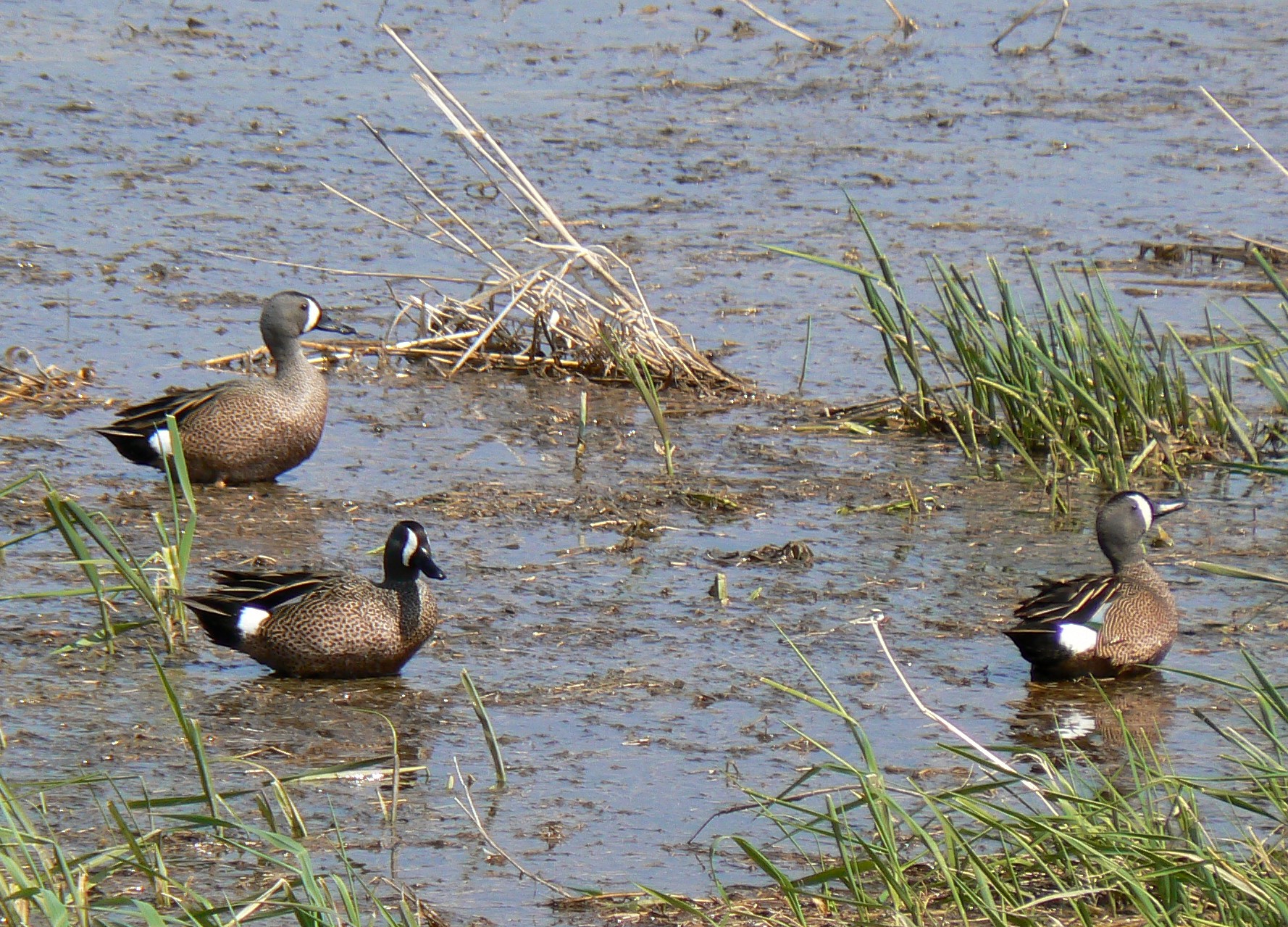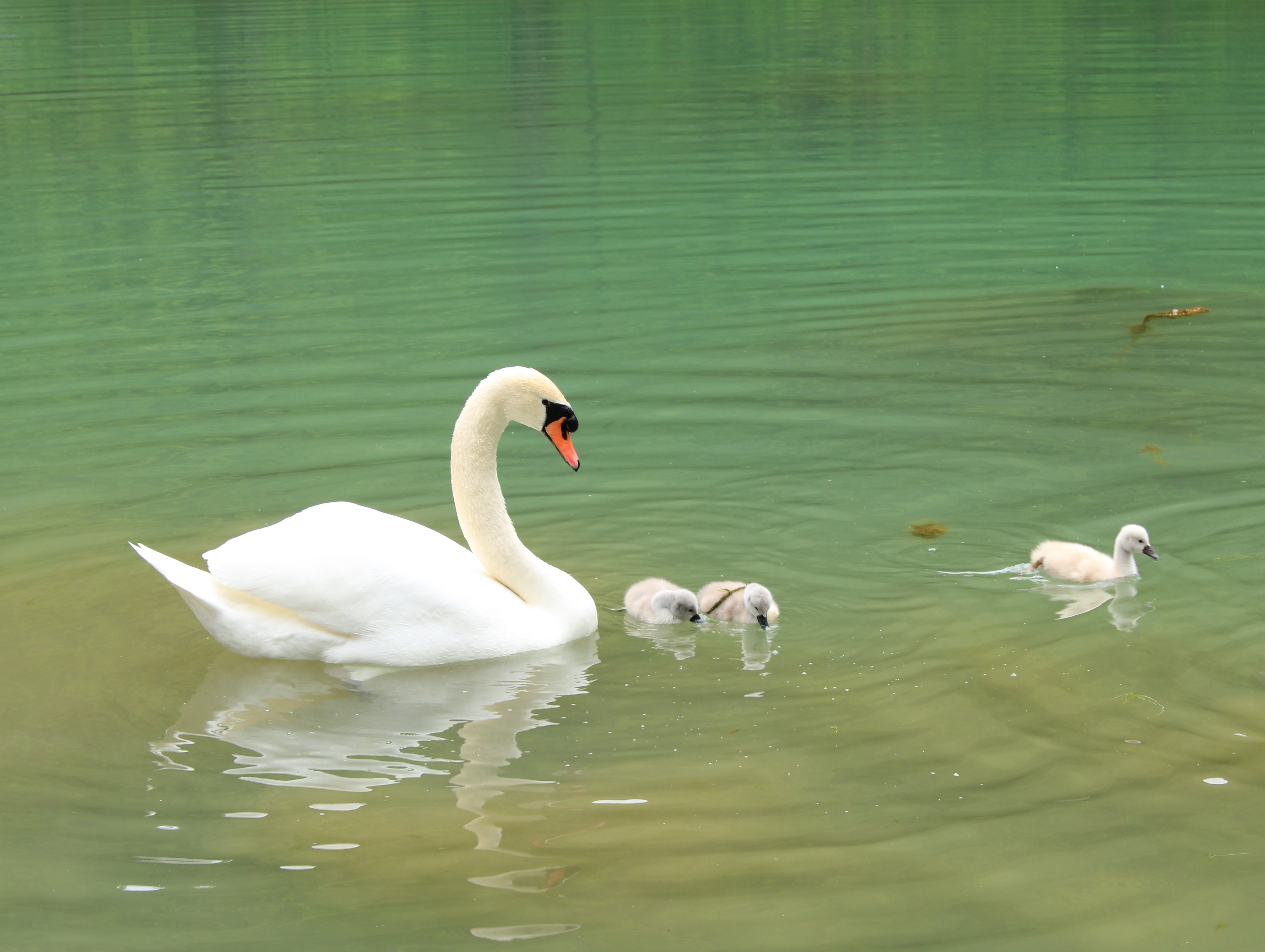|
List Of Birds Of Montserrat
This is a list of the bird species recorded in Montserrat. The avifauna of Montserrat included a total of 126 species according to ''Bird Checklists of the World'' as of May 2023. Of them, 68 are rare or Vagrancy (biology), accidental. There is one Endemism in birds, endemic species, the endangered Montserrat oriole, as well as an endemic subspecies of the forest thrush. Three species have been Introduced species, introduced by humans. Three Important Bird Areas have been identified on Montserrat by BirdLife International, the Northern Forested Ghauts, Centre Hills and South Soufriere Hills. This list is presented in the taxonomic sequence of the ''Check-list of North and Middle American Birds'', 7th edition through the 63rd Supplement, published by the American Ornithological Society (AOS). Common and scientific names are also those of the ''Check-list'', except that the common names of families are from the Clements taxonomy because the AOS list does not include them. The fol ... [...More Info...] [...Related Items...] OR: [Wikipedia] [Google] [Baidu] |
Icterus Oberi
The Montserrat oriole (''Icterus oberi'') is a medium-sized black-and-yellow icterid (the same family as many blackbirds, meadowlarks, cowbirds, grackles, and others, including the New World orioles). It inhabits the Centre Hills and South Soufriere Hills Important Bird Areas on the island of Montserrat in the Lesser Antilles of the West Indies, and is the national bird of this British territory. It is threatened by habitat loss, and until 2016 was classified by BirdLife International as Critically Endangered, with a current estimated population of between 200 and 800. Much of its habitat was destroyed by deforestation, Hurricane Hugo and the volcanic activity between 1995 and 1997. The oriole once was found in three main areas: the bamboo forest east of Galways Soufrière, the leeward slopes of the Chances Peak mountain and the Centre Hills (especially the Runaway Ghaut area). The diet of the bird consists mainly of insects and fruits. The birds usually lay two spotted eg ... [...More Info...] [...Related Items...] OR: [Wikipedia] [Google] [Baidu] |
Blue-Winged Teal
The blue-winged teal (''Spatula discors'') is a species of bird in the duck, goose, and swan family Anatidae. One of the smaller members of the dabbling duck group, it occurs in North America, where it breeds from southern Alaska to Nova Scotia, and south to northern Texas. It winters along the Pacific and Atlantic coasts and south into the Caribbean islands and Central America. Taxonomy The first Species description, formal description of the blue-winged teal was by the Swedish naturalist Carl Linnaeus in 1766 in the 12th edition of Systema Naturae, twelfth edition of his ''Systema Naturae''. He coined the binomial nomenclature, binomial name ''Anas discors''. A molecular phylogentic study comparing mitochondrial DNA sequences published in 2009 found that the genus ''Anas'', as then defined, was monophyletic, non-monophyletic. The genus was subsequently split into four monophyletic genera with ten species including the blue-winged teal moved into the resurrected genus ''Spatula ... [...More Info...] [...Related Items...] OR: [Wikipedia] [Google] [Baidu] |
Podilymbus Podiceps 3507
''Podilymbus'' is a genus of birds in the Grebe family, the genus name is derived from Latin ''Podilymbus'', a contraction of ''podicipes'' ("feet at the buttocks", from ''podici-'', "rump-" + ''pes'', "foot")—the origin of the name of the grebe order—and Ancient Greek ''kolymbos'', "diver".Cabard P. and Chauvet B. (2003). ''Etymologie des noms d'oiseaux'' Belin Eveil éditeur, France Species The genus contains two recent species : There are also several prehistoric taxa of ''Podilymbus'' described from fossil remains: *'' Podilymbus majusculus'' (Late Pliocene of Idaho) *'' Podilymbus wetmorei'' (Late Pleistocene of Florida) *''Podilymbus podiceps magnus'' - a paleosubspecies A chronospecies is a species derived from a sequential development pattern that involves continual and uniform changes from an extinct ancestral form on an evolutionary scale. The sequence of alterations eventually produces a population that is p ... of the pied-billed grebe of uncertain va ... [...More Info...] [...Related Items...] OR: [Wikipedia] [Google] [Baidu] |
Green-winged Teal
The green-winged teal (''Anas carolinensis'') or American teal is a common and widespread duck that breeds in the northern areas of North America except on the Aleutian Islands. It was considered conspecific with the Eurasian teal (''A. crecca'') for some time, but the two have since been split into separate species. The American Ornithological Society continues to debate this determination; however, nearly all other authorities consider it distinct based on behavioral, morphological, and molecular evidence. The scientific name is from Latin ''Anas'', "duck" and ''carolinensis'', "of Carolina". This dabbling duck is strongly migratory and winters far south of its breeding range. It is highly gregarious outside of the breeding season and will form large flocks. In flight, the fast, twisting flocks resemble waders. Taxonomy The green-winged teal was formally described in 1789 by the German naturalist Johann Friedrich Gmelin in his revised and expanded edition of Carl Linnaeus's ... [...More Info...] [...Related Items...] OR: [Wikipedia] [Google] [Baidu] |
Northern Pintail
The pintail or northern pintail (''Anas acuta'') is a duck species with wide geographic Range (biology), distribution that breeds in the northern areas of Europe and across the Palearctic and North America. It is bird migration, migratory and winters south of its breeding range as far as the equator. Unusually for a bird with such a large range, it has no geographical subspecies, although the possibly conspecific duck Eaton's pintail is considered to be a separate species. This is a large duck, and the long central tail feathers of the male give the species its English and scientific names. Both sexes have blue-grey bills and grey legs and feet. The drake is more striking, with a thin white stripe running from the back of its chocolate-coloured head down its neck to its mostly white underparts. The drake also has attractive grey, brown, and black markings on its back and sides. The hen's plumage is more subtle and subdued, with drab brown feathers similar to those of other fe ... [...More Info...] [...Related Items...] OR: [Wikipedia] [Google] [Baidu] |
American Wigeon
The American wigeon (''Mareca americana''), also known as the baldpate, is a species of dabbling duck found in North America. Formerly assigned to ''Anas'', this species is classified with the other wigeons in the dabbling duck genus ''Mareca''. It is the New World counterpart of the Eurasian wigeon. Taxonomy The American wigeon was formally described in 1789 by German naturalist Johann Friedrich Gmelin in his revised and expanded edition of Carl Linnaeus's ''Systema Naturae''. He placed it with all the other ducks, geese, and swans in the genus ''Anas'' and coined the binomial name ''Anas americana''. Gmelin based his description on Edme-Louis Daubenton's hand-colour plate of "Le Canard Jensen, de la Louisiane" and Thomas Pennant's description of the "American wigeon" in his ''Arctic Zoology''. Pennant had been sent a specimen from New York. The American wigeon is now placed with the Eurasian wigeon and three other dabbling ducks in the genus ''Mareca'' that was introduced in ... [...More Info...] [...Related Items...] OR: [Wikipedia] [Google] [Baidu] |
Northern Shoveler
The northern shoveler (; ''Spatula clypeata''), known simply in Britain as the shoveler, is a common and widespread duck. It breeds in northern areas of Europe and throughout the Palearctic and across most of North America, and winters in southern Europe, the Indian subcontinent, Southeast Asia, Central America, the Caribbean, and northern South America. It is a rare vagrant to Australia. In North America, it breeds along the southern edge of Hudson Bay and west of this body of water, and as far south as the Great Lakes west to Colorado, Nevada, and Oregon. The northern shoveler is one of the species to which the ''Agreement on the Conservation of African-Eurasian Migratory Waterbirds'' ( AEWA) applies. The conservation status of this bird is Least Concern. Taxonomy The Northern Shoveler was first formally described by the Swedish naturalist Carl Linnaeus in 1758 in the tenth edition of his ''Systema Naturae''. He introduced the binomial name ''Anas clypeata''. A molecular ... [...More Info...] [...Related Items...] OR: [Wikipedia] [Google] [Baidu] |
Blue-winged Teal
The blue-winged teal (''Spatula discors'') is a species of bird in the duck, goose, and swan family Anatidae. One of the smaller members of the dabbling duck group, it occurs in North America, where it breeds from southern Alaska to Nova Scotia, and south to northern Texas. It winters along the Pacific and Atlantic coasts and south into the Caribbean islands and Central America. Taxonomy The first Species description, formal description of the blue-winged teal was by the Swedish naturalist Carl Linnaeus in 1766 in the 12th edition of Systema Naturae, twelfth edition of his ''Systema Naturae''. He coined the binomial nomenclature, binomial name ''Anas discors''. A molecular phylogentic study comparing mitochondrial DNA sequences published in 2009 found that the genus ''Anas'', as then defined, was monophyletic, non-monophyletic. The genus was subsequently split into four monophyletic genera with ten species including the blue-winged teal moved into the resurrected genus ''Spatula ... [...More Info...] [...Related Items...] OR: [Wikipedia] [Google] [Baidu] |
Fulvous Whistling-duck
The fulvous whistling duck or fulvous tree duck (''Dendrocygna bicolor'') is a species of whistling duck that breeds across the world's tropical regions in much of Mexico and South America, the West Indies, the southern United States, sub-Saharan Africa and the Indian subcontinent. It has plumage that is mainly reddish brown, long legs and a long grey bill, and shows a distinctive white band across its black tail in flight. Like other members of its ancient lineage, it has a whistling call which is given in flight or on the ground. Its preferred habitat consists of wetlands with plentiful vegetation, including shallow lakes and paddy fields. The nest, built from plant material and unlined, is placed among dense vegetation or in a tree hole. The typical clutch is around ten whitish eggs. The breeding adults, which pair for life, take turns to incubate, and the eggs hatch in 24–29 days. The downy grey ducklings leave the nest within a day or so of hatching, but the parents conti ... [...More Info...] [...Related Items...] OR: [Wikipedia] [Google] [Baidu] |
West Indian Whistling-duck
The West Indian whistling duck (''Dendrocygna arborea'') is a whistling duck that breeds in the Caribbean. Alternative names are black-billed whistling duck and Cuban whistling duck. Taxonomy The West Indian whistling duck was formally described in 1758 by the Swedish naturalist Carl Linnaeus in the tenth edition of his ''Systema Naturae'' under the binomial name ''Anas arborea''. Linnaeus based his account on the descriptions by earlier authors. In 1725 the Irish physician, naturalist and collector Hans Sloane had described and illustrated the "Whistling-Duck" in the second volume of his ''A Voyage to the Islands Madera, Barbados, Nieves, S. Christophers and Jamaica''. Sloane noted that it was common on the island of Jamaica. The English naturalist George Edwards had included a description and a hand-coloured illustration of the "Black-bill'd whistling Duck" in the fourth volume of his ''A Natural History of Uncommon Birds'' that was published in 1751. Edwards had been able ... [...More Info...] [...Related Items...] OR: [Wikipedia] [Google] [Baidu] |
Swan
Swans are birds of the genus ''Cygnus'' within the family Anatidae. The swans' closest relatives include the goose, geese and ducks. Swans are grouped with the closely related geese in the subfamily Anserinae where they form the tribe (biology), tribe Cygnini. Sometimes, they are considered a distinct subfamily, Cygninae. They are the largest Anseriformes, waterfowl and are often among the largest Bird flight, flighted birds in their range. There are six living and many extinct species of swan; in addition, there is a species known as the coscoroba swan which is no longer considered one of the true swans. Swans usually mate for life, although separation sometimes occurs, particularly following nesting failure, and if a mate dies, the remaining swan will take up with another. The number of bird egg, eggs in each :wikt:clutch, clutch ranges from three to eight. Taxonomy and terminology The genus ''Cygnus'' was introduced in 1764 by the French naturalist François Alexandre Pier ... [...More Info...] [...Related Items...] OR: [Wikipedia] [Google] [Baidu] |
Goose
A goose (: geese) is a bird of any of several waterfowl species in the family Anatidae. This group comprises the genera '' Anser'' (grey geese and white geese) and '' Branta'' (black geese). Some members of the Tadorninae subfamily (e.g., Egyptian goose, Orinoco goose) are commonly called geese, but are not considered "true geese" taxonomically. More distantly related members of the family Anatidae are swans, most of which are larger than true geese, and ducks, which are smaller. The term "goose" may refer to such bird of either sex, but when paired with "gander", "goose" refers specifically to a female one ("gander" referring to a male). Young birds before fledging are called goslings. The collective noun for a group of geese on the ground is a gaggle; when in flight, they are called a skein, a team, or a wedge; when flying close together, they are called a plump. Etymology The word "goose" is a direct descendant of Proto-Indo-European ''*ǵʰh₂éns''. In Germanic lang ... [...More Info...] [...Related Items...] OR: [Wikipedia] [Google] [Baidu] |








